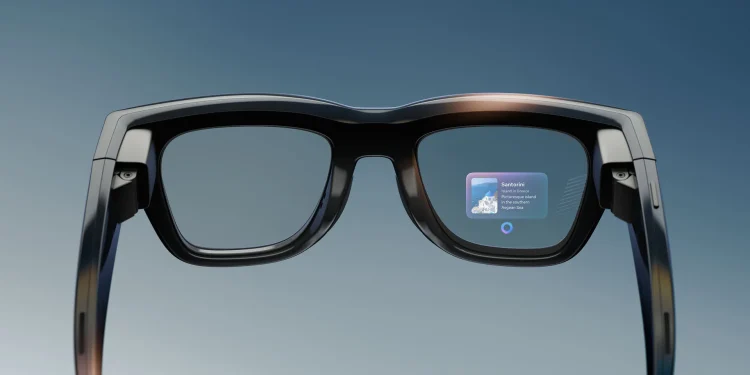The age of holding a screen might be coming to an end. From Apple’s Vision Pro to Meta’s Ray-Ban smart glasses, a new wave of AI-powered eyewear is reshaping how people watch, play, and interact with digital media. Mobile entertainment is no longer confined to phones; it’s now unfolding right before our eyes.
The Screenless Revolution
AI glasses mark a major shift from passive viewing to immersive engagement. By blending augmented reality (AR) and artificial intelligence, they create personal screens that move with the user. Instead of staring down at a phone, users can stream a film, read a message, or follow a game overlay projected directly into their field of vision.
Devices like the Xreal Air 2 and Rokid Max already allow users to watch full-sized virtual screens through lightweight glasses connected to their phones. These experiences mimic a cinema-like display without the bulk of VR headsets, transforming how people consume Netflix shows or YouTube videos on the go.
AI as the New Companion
What makes the latest generation of AI glasses different is intelligence. They can display content while interacting with the user.
Meta’s Ray-Ban Meta Smart Glasses, for example, integrate an AI assistant that recognises objects, translates text, and answers questions through voice prompts. This allows users to engage with digital content seamlessly while walking, cooking, or travelling. In entertainment terms, it means contextual recommendations: the glasses might suggest a nearby concert after spotting a music poster or pull up trivia about a film as you watch.
Similarly, Apple’s Vision Pro, though heavier and more immersive, shows what’s possible when AI meets spatial computing. With precise eye and hand tracking, users can navigate entire streaming platforms or gaming worlds using natural gestures, eliminating the need for a remote.
From Spectator to Participant
Gaming and interactive content are also being transformed. AI-enhanced glasses enable AR games that unfold in real environments. Titles like Pokémon GO are early examples, but future experiences will adapt dynamically, enemies could appear behind real-world objects, and AI characters might respond to your expressions or tone of voice.
This opens new ground for content creators. Instead of building games or videos for flat screens, developers can craft layered, responsive entertainment where viewers become participants.
The Dawn of Ambient Media
The use of AI glasses signals the start of ambient media, a form of entertainment that blends seamlessly into everyday life. Instead of reaching for a screen, users will have stories, music, and games woven naturally into their surroundings.
As the line between digital and physical fades, we wouldn’t feel the need to hold a device. Instead, we would be wearing one and letting AI do the rest.
















